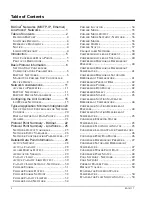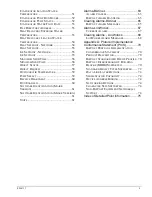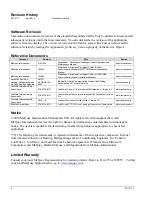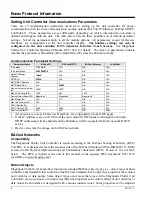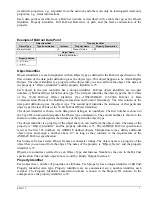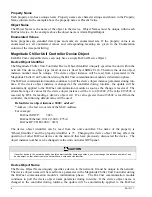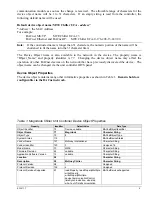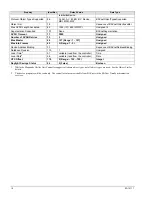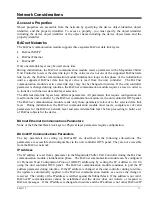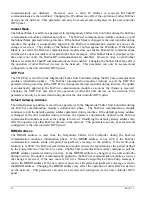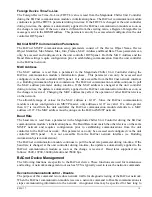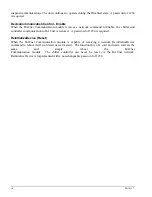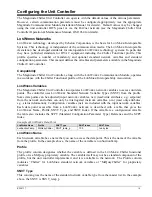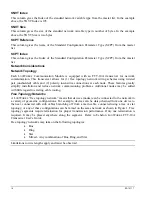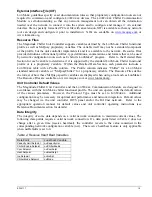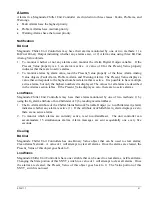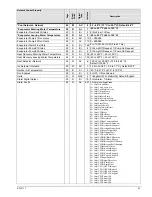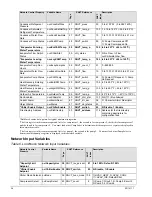
16
ED 15117
SNVT Index
This column gives the Index of the standard network variable type from the master list. In the example
above, the SNVT Index is 105.
SNVT Size
This column gives the size of the standard network variable type in number of bytes. In the example
above, the SNVT Size is two bytes.
SCPT Reference
This column gives the name of the Standard Configuration Parameter Type (SCPT) from the master
list.
SCPT Index
This column gives the Index of the Standard Configuration Parameter Type (SCPT) from the master
list.
Network Considerations
Network Topology
Each L
ON
W
ORKS
Communication Module is equipped with an FTT-10A transceiver for network
communication. This transceiver allows for (1) free topology network wiring schemes using twisted
pair (unshielded) cable and (2) polarity insensitive connections at each node. These features greatly
simplify installation and reduce network commissioning problems. Additional nodes may be added
with little regard to existing cable routing.
Free Topology Networks
A L
ON
W
ORKS
“free topology network” means that devices (nodes) can be connected to the network in
a variety of geometric configurations. For example, devices can be daisy-chained from one device to
the next, connected with stub cables branching off from a main cable, connected using a tree or star
topology, or any of these configurations can be mixed on the same network as shown in Figure 1. Free
topology segments require termination for proper transmission performance. Only one termination is
required. It may be placed anywhere along the segment
.
Refer to Echelon L
ON
W
ORKS
FTT-10A
Transceiver User’s Guide.
Free topology networks may take on the following topologies:
Bus
Ring
Star
Mixed - Any combination of Bus, Ring, and Star
Limitations to wire lengths apply and must be observed.

